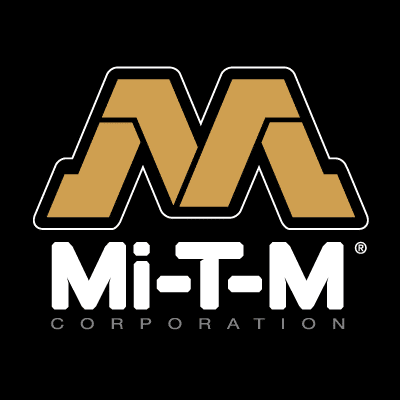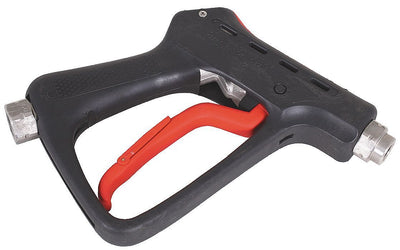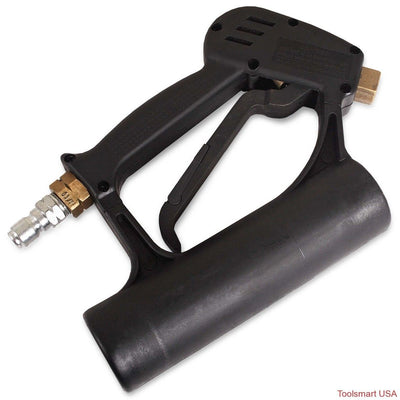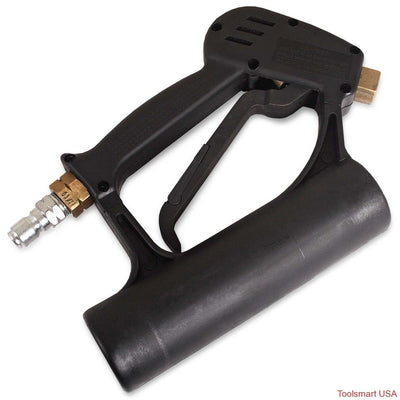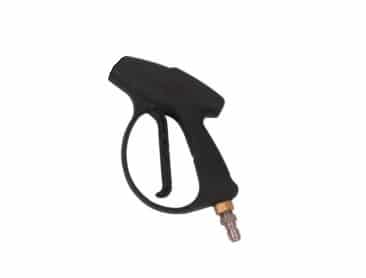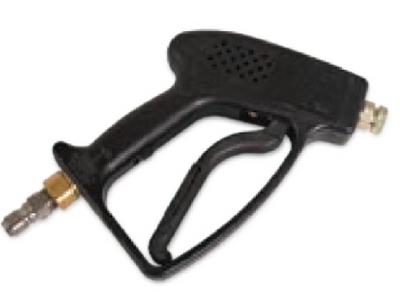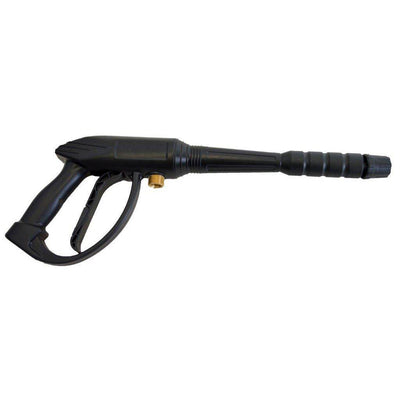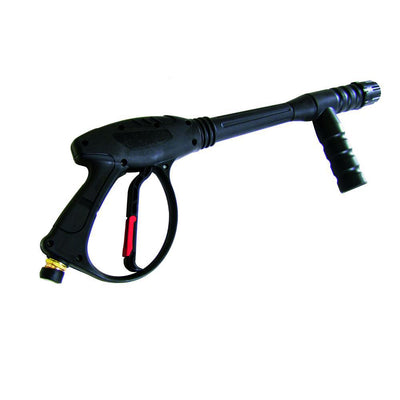Spray Guns And Thinner- A complete guide
Thinner is a critical component when you are spraying coatings. Using the wrong thinner or inappropriate volume of thinner can often cause issues with the finish you achieve as well as leading to premature breakdown of your spray equipment. To better understand the right kind thinner for you as well as the volume you may potentially want to use when spraying, consider the following.
Factor 1- The Coating Your Spraying
The right thinner for your application will be most determined by the coating that you are spraying. Whenever you are spraying a new coating or considering to spray a coating, you want to read the technical data sheet that the coating manufacturer will provide. A technical data sheet will provide you information on what is a recommended thinner, potential proper equipment selection, how much thinner to consider, and additional information like if your coating can be accelerated in its dry time. If there more than one appropriate thinner for a particular material, you can always discuss with the coating’s representative the various benefits and drawbacks of different thinners. Failure to select the proper thinner can create issues with your finish quality and lead to premature equipment breakdown as residual coating is not properly removed during equipment clean up.
Factor 2 – The type of spray gun
As a general rule, HVLP needs thinner material to be able to effectively atomize it and spray it. In contrast, conventional or airless spraying will be able to handle heavy bodied materials without the need for any or at least less thinner. A third class of gun called LVMP, will be able to atomize similar to conventional gun but with better application efficiency which helps to keep your coating waste down.
If there are any concerns related to the volume of VOC’s your facility is admitting or creating during their finishing, you want to try to utilize HVLP equipment. This is because HVLP equipment has a higher efficiency which will reduce the amount of emissions that you report. The downside with HVLP spray guns is they can often be difficult spray heavier body materials and in some cases are unable to effectively spray heavy material.
In addition to the type of spray gun that you are using, the way you are feeding material to spray gun will also impact the amount of thinner you may potentially need. As a general rule, pressure fed guns will be able to spray heavy bodied material with the least amount of thinner. Meanwhile suction and gravity fed guns will require more thinner and higher pressures to be able to effectively supply material for spraying to the gun, due to the fact some of the air is being used to feed the paint.
Factor 3-The quality finish you are trying to achieve
Ultimately the thinner the material is, the better it will spray. This is because smaller particle sizes result in a better appearing finish and thinner material is able to be better broken up by air. However, if you use too much thinner you may have issues with runs occurring. Ideally, you should start by thinning the material the minimum amount that the tech data sheet suggests. Once you’ve added the minimum amount of thinner the tech data sheet recommends you can spray a test pass on a scrap piece of product or sample piece of cardboard. You can then review the appearance of the test pass and compared to the photos in this article here to show you the difference finishes you can expect based on the appearance of the test pass. You would then begin painting your product in an area that is not the first area to be seen to ensure that the finish is what you’re hoping for on your actual product.
Factor 4 – VOCs
An additional important thing to consider, is VOCs. Different kinds of thinners are rated at different volumes of VOCs. Depending on the volume of material you spray, you may need to consider a thinner that does not contribute very much to your VOCs emissions. For example, water and the thinners listed as VOC exempt by the EPA here do not add to your VOCs emissions.
Final thoughts
Choosing the appropriate thinner for your particular spray application is critical. By properly selecting the right thinner, you can achieve quality finishes and ensure your equipment will last for a long time. If you experienced frequent equipment breakdown, consider checking the thinner you are using to ensure that it is appropriate for the material you are spraying.

